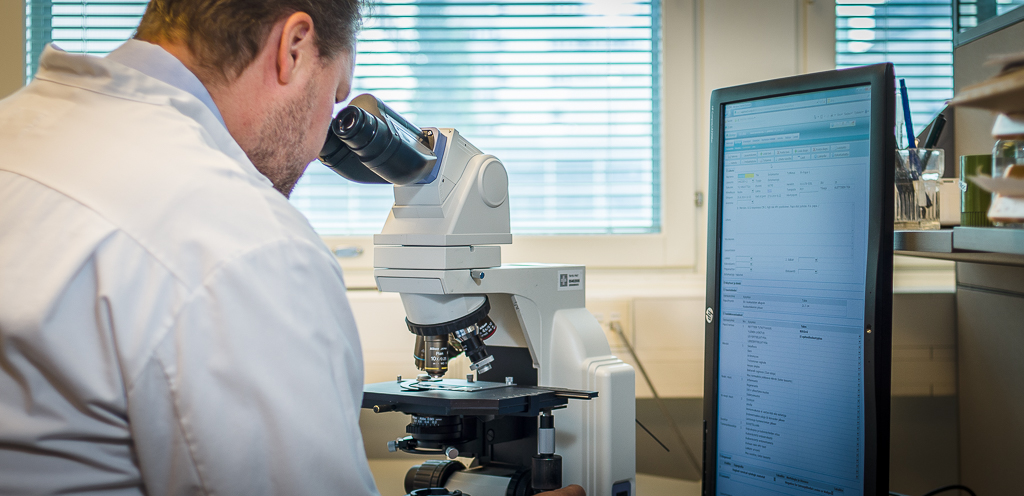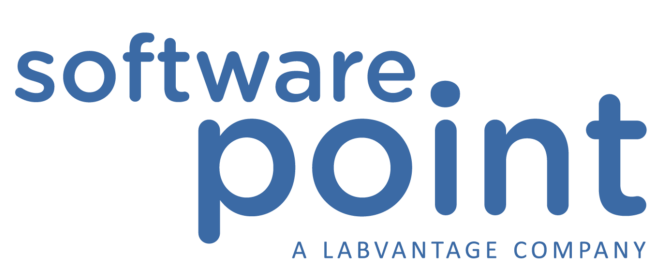23. Nov 2015 | Tags: Usability

LIMS is a tool that our customers’ end users work with day-to-day; and they work immersed in LIMS user experience. Software Point understands the importance of verifying good usability, and has a user interface designer to keep the user’s standpoint actively present in product development.
Usability as product promise
Vesa Rauhala wrote in his previous blog post how Helsinki University ordered a usability evaluation as part of their tendering process for the provider of a new LIMS. The tender resulted in a deal with Software Point, which came as no surprise to us. We at Software Point understand the importance of good usability and think that these type of evaluations are best prepared for by following the practices of user-centered product design, where usability evaluations are part of everyday work.
I work as a user interface designer at Software Point, representing the kind of thinking in LIMS development that has been a no-brainer among consumer products for decades. With information management systems such as LIMS, user experience design is only starting to reach the product development processes (thinking?). As a UX designer from Adage, a company for user-centered design and usability research, I drive establishing the user standpoint in the ways of working in the organization. Hence, Software Point stands out as a forerunner in taking care of product usability.
Steps towards quality user experience
Ensuring a good user experience, how is it done? The keywords are user-centered and iterative ways of working. Usability is not something one can program into the product like other features can be, but it is a property that results from working in the right way. It is the iteration in design that enables managing and verifying usability.
Customers and the real end users have a central role [in the iterative design], combined with the product expertise and system knowledge at Software Point. One of the key responsibilities of a user interface designer is to deliver and interpret messages between the end users and the developers, as part of product management process. We want to develop only those features that truly help in real problems, and we want to develop them well. All product changes are implemented only after we have validated that they are useful, reasonable and usable.
How we work
- Identifying needs: What problem should be solved, Which needs should be fulfilled?
- Specifying solution: How can the user interact with the system, when and in which situations?
- Designing: User tasks? System tasks? We can use prototypes for mediating the design.
- Evaluation and testing: Does the design meet the need? Demos, usability testing and evaluation.
- Implementation: Developing only after having an adequate level of certainty that the solution works.
What do we mean by usability?
While using our LIMS, we don’t want the user to ever have to ask “Where am I?”, “What just happened?”, or “What can I do next?”. We want to ensure that when the users perform the tasks needed to get their work done, they can feel they have done it correctly, properly and with ease.
Our favourite LIMS user experience heuristics:
- User controls the LIMS, not the other way round
- Prevent errors
- Familiarity and consistency
- LIMS has memory, user does not need to memorize
- Shortcuts for expert users
- Keep it simple
Read more:
Link to the story in Adage blog
User-centered design is present in the development of LabVantage Medical Suite
Are you planning to invest in a new laboratory information management system?
If you need help, do not hesitate to contact us.
Writer

Liisa-Maija Keinänen, Adage Oy

